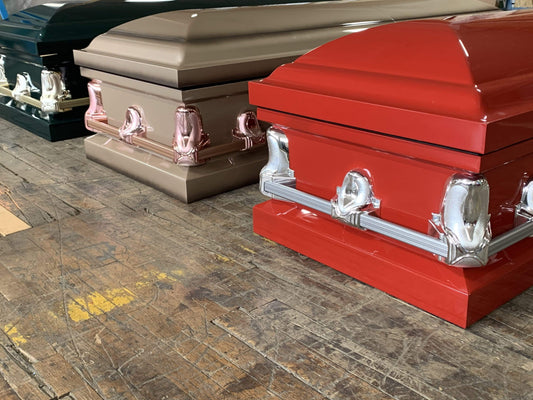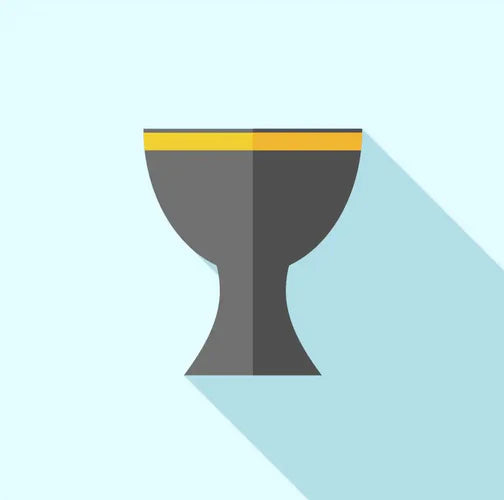Learn Beyond - Funeral Traditions From Around The World
When we talk about traditions, we understand that traditions are shared practices, customs, or beliefs that are passed down from one generation to another. Traditions followed by a community over a period of time can form cultures. The transmission of this cultural knowledge has been happening through different mediums, including – oral storytelling, education, and participation in communal rituals and practices. Traditions are important to cultures, and the way to preserve them is to have them carried down. Funeral traditions are one such practice that most people follow – as a traditional practice, helping communities build identities, values, and cultural heritage over time.
Global Funeral Traditions That You Need To Know About
While your family members might tell you about funeral traditions followed by the community you belong to – learning about some of the global funeral traditions can amaze one mind.
- Sky Burials
Somewhere in the high ranges of the Himalayas, including regions of Nepal and Bhutan, the Tibetans follow a funeral tradition known as the celestial or sky burials. Typically, this community will wash the body thoroughly and is prepared by a specialist known as a ''rogyapa''. Once designed, the body is respectfully dismantled, and the bones are crushed to a powder. These remains are taken to, most likely, a beautiful mountain peak and are exposed to the elements. The intention behind this is to allow the body to interact with nature – Tibetians believe that nature is the genesis of life – which helps the soul of the body to find its freedom, allowing it to be reborn. The remains of the body are laid out for vultures and other scavengers who complete the cycle of life and death.
2. Famadihana
The Merina people in Madagascar practice a beautiful funeral tradition called Famadihana. The intention behind forming a ceremony like this one is to pay respects to their ancestors. Typically, the Malagasy people will – every seven years – exhume the bones of their deceased ancestors. These bones are wrapped in fresh cloth and taken around the entire village, accompanied by music, singing, and dancing. With Famadihana, the community believes that the spirits of the deceased will return to their ancestral homes to be with their living relatives. It'sIt's a practice that helps the community reaffirm that the connection between the living and the dead is never lost.
3. The Tower Of Silence
Dakhma, also known as the Tower of Silence, is a traditional funerary practice that links itself with the Zoroastrian religion. The Tower of Silence is usually located on a hilltop or an elevated location. It'sIt's a circular structure that holds the remains of the deceased. Zoroastrians believe that the body is impure after death, and so it should not find its way into the earth, fire, or water – contaminating the pure elements of the world. The remains of the deceased are exposed to vultures and other scavenger birds that are attracted to decomposing flesh. It'sIt's understood by the community that the powerful rays of the sun bleach the leftovers of the body – allowing it to get rid of the impurity. Once bleached, the remains are collected and placed in an ossuary pit and is placed at the center of the tower.
4. Ashes In Beads
Death beads, also known as ''Ggoktu'', hold spiritual and cultural significance in Korean culture. Traditionally, colorful beads are made of the ashes of the deceased. Creating death beads is a tedious process where – ashes are collected and cleaned. Once cleaned, the ashes are mixed with a unique adhesive and molded into delicate beads. What'sWhat's interesting to know is that these beads carry Korean symbols and motifs that are carefully painted on. Intricate patterns and designs are added – putting together a graceful necklace or bracelet that serves as a tangible reminder of their loved one'sone's memory. These beautiful beads are also believed to hold the power of ancestral spirits – to protect and guide the deceased'sdeceased's family for the rest of their lives.
5. Water Burials
Nordic traditions are known to practice something known as ''sea burials''. The ceremony involves placing the body of the deceased in a vessel and setting it adrift – in a sea or water body that holds meaning for the community or family members of the dead. Nordic funerary traditions reflect a belief in the power and significance of the sea – as it has been seen as a way of ensuring that the deceased is to have a peaceful journey to the afterlife. It serves as a reminder of the deep connection between the Nordic culture and the sea – helping the community shape their understanding of life and death.
Securing Legacies And Funeral Traditions
Exploring funeral traditions from across the world can be a fascinating and enlightening experience, providing insights into different cultures and their beliefs surrounding funeral customs. If you're, you're looking for ways to follow the traditions of your culture – it'sit's essential you consider the practical aspects of planning a funeral in a way that respects the practices of your community. By pre-planning your funeral, you can ensure that your final wishes are respected, and your loved ones are spared the burden of making difficult decisions during an emotional time. Titan Casket'sCasket's pre-planning services can help you take control of your funeral arrangements. With Titan, you can avail of 1000+ options with free shipment for the casket of your choice. You also have the option to pay in installments with a plan that suits your needs. Pre-planning a funeral can help you respect and follow traditions that define your culture.

![Upgrade to Premium Weight [18-gauge steel]](http://titancasket.com/cdn/shop/products/casketthicknesswithnumbers.png?v=1680642906&width=533)



